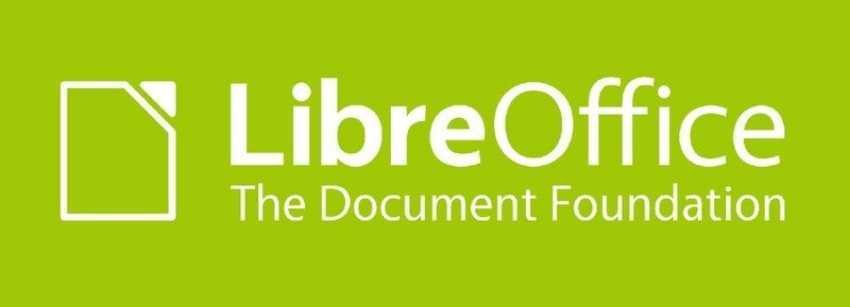The Document Foundation has released its office suite today LibreOffice 6.2. New version introduces quite a bit of news characteristics and many improvements.

After six months in development, the LibreOffice office suite has reached version 6.2 and is now available for download. It has a new interface called NotebookBar, which is based on the MUFFIN idea, which until recently was an experimental feature. The NotebookBar interface is optional, not enabled by default, and is available in three different versions: tabbed, grouped, and contextual.
Features of LibreOffice 6.2 include upgraded image images and Karasa Jaga, better compatibility with documents Microsoft Office, such as charts and animations, better document security features thanks to the implementation of encryption and HMAC verification, as well as faster keyword filtering with indexing and underlining of search terms.
Last but not least, LibreOffice 6.2 makes the context menu more consistent across various elements of the office suite, improves change tracking performance, especially when dealing with large documents, and improves the cloud-based LibreOffice Online suite with a revamped keyboard on-screen as well as a simplified and more adapted user interface for mobile devices.
LibreOffice 6.2 is the second release in the LibreOffice 6.x series and will be supported until November 30, 2019, with no less than seven maintenance updates. The first of these, LibreOffice 6.2.1, is scheduled for the end of the month.
You can download LibreOffice 6.2 for GNU / Linux, macOS and Windows from here. Also today, The Document Foundation released LibreOffice 6.1.5.





